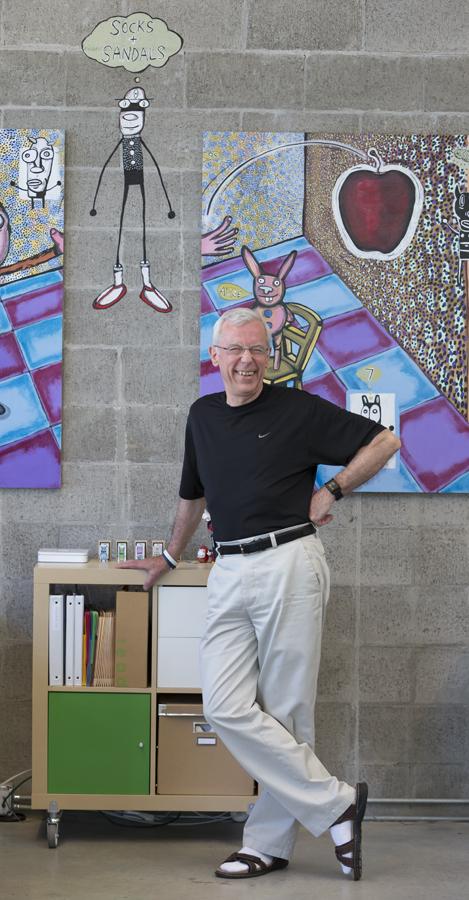PR PARFAIT REPOST: PR Pro Spotlight – Pat McCormick
U of O senior and Allen Hall PR Account Supervisor, Kati VanLoo, interviewed Pat McCormick for her blog – PR Parfait. We’re reposting and giving Kati two thumbs up.
By Kati VanLoo
Published March 11, 2015
I was thrilled to have the opportunity to interview AM:PM PR Partner Pat McCormick. A communication pro with over 40 years of experience in issue management, Pat knows the ins and outs of the public relations industry. Now he spends his days at the Portland agency with his daughter Allison McCormick and other team members navigating the PR needs of their clients. Here’s some insight he provided on the industry and advice for those of us just venturing out into the job market.
How did AM:PM PR come to be?
My daughter Allison worked for me at a PR agency in Salem for fifteen of the twenty years that I was there. In the final five years she was there, she helped with more consumer-facing PR. The young professionals were really having an impact on how everybody was communicating. It made it really clear how difficult the evolution is in our business. It personally excited me to be working at a time when there was so much change going on. When I could have retired, I talked to Allison about starting this business to continue to be a part of what’s changing.
How are young PR professionals impacting the industry?
Young professionals come into the workplace now with a sense of the currency of what’s going on. There’s a type of reverse coaching that comes from young professionals today because there are ways they grew up communicating that are different from the way older practitioners communicate. This generation also comes into the workplace in a little bit of a different fashion than, say, the Baby Boomer generation. That generation’s young professionals came into the workplace with the notion of “keep your head down; keep quiet.” Young professionals will come in today thinking, “I can contribute today.” It’s energizing in the workplace.
How important are ethics in PR?
I think an important element of PR is adhering to the ethical standards of our business. We want to have credibility, and we want reporters to trust us. The longer you’re in the business, the more you value those standards to not only help guide what you do but also decide what lines those you’re working with may be crossing. Also, we are often called in to help organizational leadership identify how their decisions could impact significant stakeholders of their company. That means sometimes you’re telling a CEO something he doesn’t want to hear, but in order to live up to the standards of our business we have to do that to our best ability. If that means that we have to fire that client when they want to continue making unethical decisions, then we fire that client. There are no long-term benefits to crossing those lines.
What is one challenge you think many PR pros face?
Part of what I think is often overlooked as a significant component to what we do is listening. We have to listen in order to fully understand what they are asking; they may not know enough to know exactly what to ask for. So, we have to listen and help them figure out what it is that they need. It’s really easy to just jump to, “Oh, why don’t you just do that,” without truly understanding what their needs are. Don’t jump too quickly to a solution without fully understanding the problem.
What advice do you have for PR pros in training?
Building a network can’t start too soon. The best available tool right now is LinkedIn. Be hungry for every contact that you make to be a connection on LinkedIn. Include the people you are going to school with; there will be times later on when those connections will give you the opportunity to speak with someone through them. Capitalize on those connections.
What are you looking for in new hires who have just graduated?
Something we look for, which I always credit Kelli Matthews for being the one who helped make possible [at the University of Oregon], is a student who understands the digital platforms. Do they have an online portfolio, a blog, a Twitter feed? What do they like to post, and how active are they? I just like to know they have familiarity with those types of platforms.
Also, we look for the ability to write. Along with being able to write well, journalistic-ally speaking, it’s important to see if the person can identify what’s important and can be clear, concise, and to the point.





























